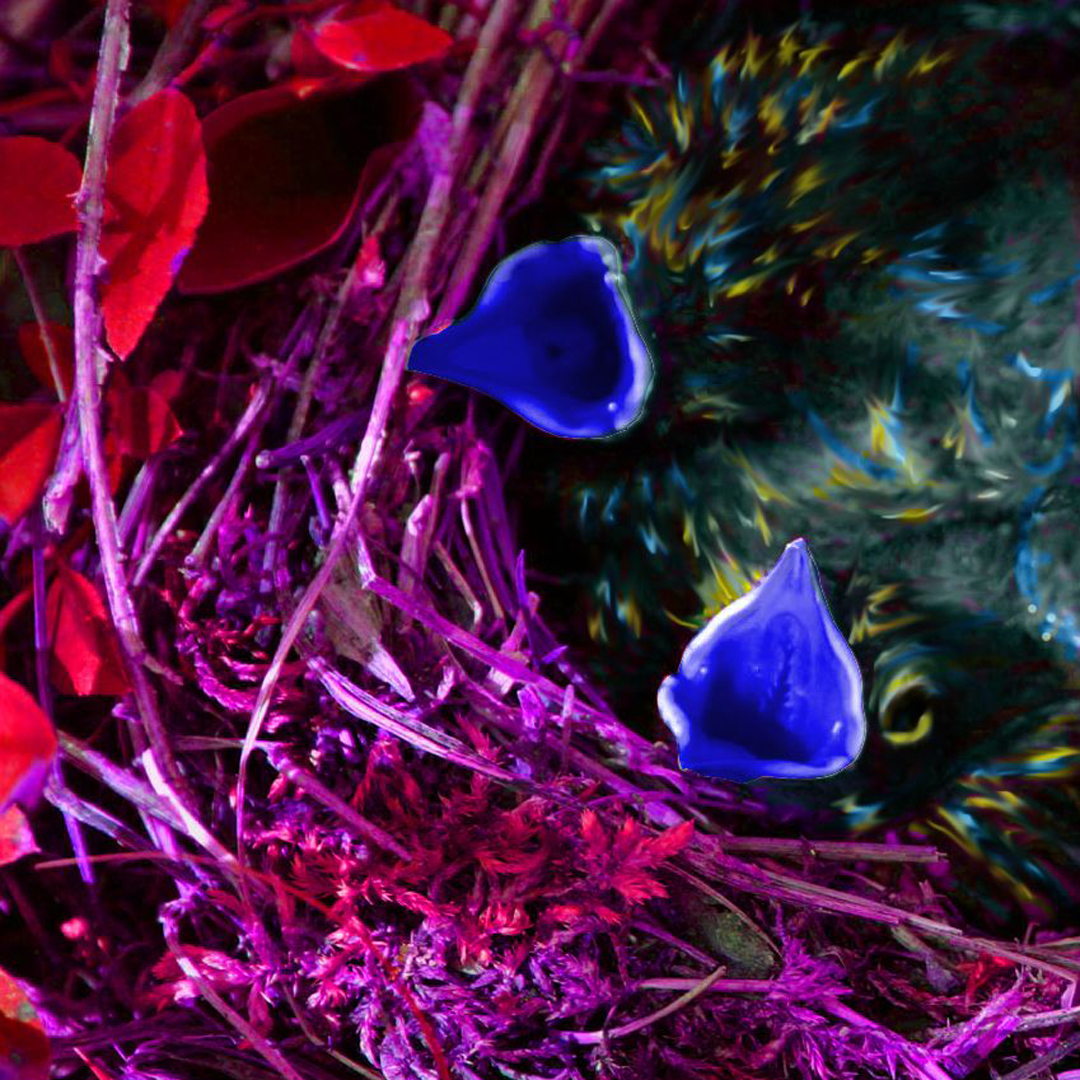Ann McNamara, Frederic (Fred) I. Parke, Carol Lafayette, Philip Galanter: I’m not there: extending the range of human sense to benefit wildlife corridors
Artist(s):
Title:
- I'm not there: extending the range of human sense to benefit wildlife corridors
Exhibition:
- SIGGRAPH 2009: Information Aesthetics Showcase
-
More artworks from SIGGRAPH 2009:


Creation Year:
- 2009
Category:
Artist Statement:
How many experiences do we miss—either through inattention to our own limitations—when walking through the woods or diving with scuba mask and flippers? All around us, animals communicate and perceive with senses quite different from our own that have evolved from particular needs. Just as humans have employed technology to overcome limitations of physical strength, dexterity, and distance, so can we imagine technologies that enable us to extend our senses by taking cues from birds, whales, and other animals.
In an immersive environment, users experience extended senses of sight, sound, and locomotion in ways normally perceived only by other animals. This is a prototype for a real-time project that provides freedom to roam through remote places with enhanced senses and, as a result, benefit wildlife corridors around the world. It uses scientific research as the basis for a study that will ultimately result in a real-time application.
In the prototype, the user embodies the creature and experiences the world through a simulation of the creature’s audio, visual, and spatial sensations. Audio is manipulated to give a representation of the sensation experienced by the creature. Visual information is analyzed and re-represented to perceive spectra outside human range. Navigation through the world mimics the locomotion of specific creatures (flying, climbing, or swimming, for example). The project explores fundamental questions about our own mental, physiological, and technical interpretations. For example, it’s possible to imagine sound translated from beyond the ear’s frequency range, but what would it be like to sense electrical fields like a shark?
The motivation for our study is a wish to encourage empathy with and curiosity about other species, the environment, and our place within it. Our larger ambition is to build an interactive real-time, global “nature channel.”







